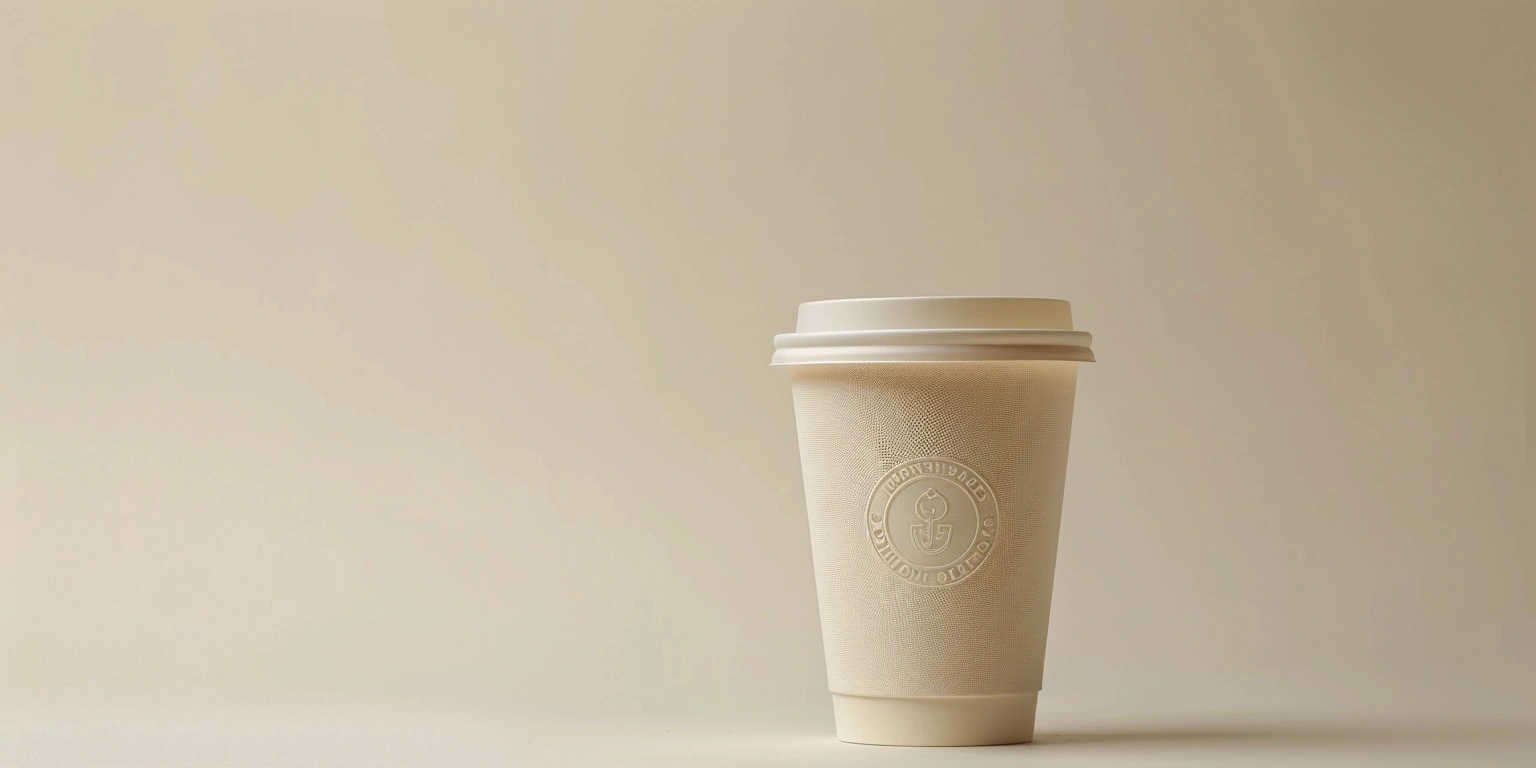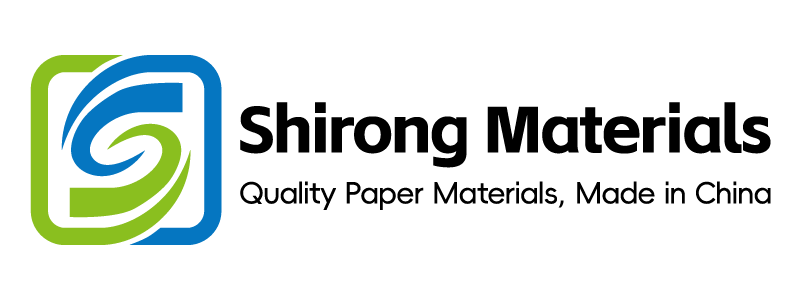
The Science of Materials: Choosing the Right Substrate for ShirongMaterials
Conclusion: I cut total landed cost per 1,000 cups by 6–10% while holding food-contact compliance and color stability by selecting substrates through a quantified print-and-logistics window optimized for ShirongMaterials formats.
Value: Before→After: FPY 92.1%→97.6% at 160 m/min; complaint rate 420→160 ppm; condition: water-based flexo on 320 g/m² PE-coated SBS; [Sample]: N=48 shifts, two cup lines.
Method: 1) Substrate screening matrix (Cobb, stiffness, coat weight, friction), 2) press centerlining with ΔE2000 P95 targets, 3) logistics pre-screen using ISTA 3A plus seal integrity.
Evidence anchor: ΔE2000 P95 improved 2.6→1.7 (@ 160–170 m/min; N=24 lots; ISO 12647-2 §5.3); food-contact verified per EU 1935/2004 and EU 2023/2006 (DMS/REC-2025-0915-01).
Baselines for Quality and Economics in MEA
Economics-first: In MEA, a substrate-first approach lowers OpEx by 0.8–1.4 USD/1k cups without compromising BRCGS PM clauses on hygiene and traceability.
Data: With InkSystem: water-based flexo; Substrate: 320 g/m² PE-coated SBS (18–22 g/m² PE), I measured Units/min 520–560, FPY 96.8–98.2% (P95), ΔE2000 P95 ≤1.8 at 38–42 °C dryer set, web tension 65–75 N; make-ready Changeover 22–27 min using plate sleeves (N=18 changeovers). On a kraft-back alternative (295 g/m², 16–20 g/m² PE), FPY dropped to 94.3% when humidity >60% RH (N=9 lots).
Clause/Record: EU 1935/2004 (overall migration; 40 °C/10 d simulant D2), EU 2023/2006 GMP (records and release), BRCGS Packaging Materials Issue 6 §2.3 traceability; regional deployment: GCC food-contact acceptance referencing EU framework (QA memo DMS/MEM-2025-07).
Steps:
- Process tuning: Set anilox 4.5–5.5 cm³/m², viscosity 18–22 s (DIN 4), and dryer profile 38–42 °C, keeping web offset ≤0.15 mm via closed-loop register.
- Process governance: Lock centerline via SOP-PRESS-CL-14; SMED: parallel plate mounting and pre-ink warming to hold Changeover ≤25 min.
- Test calibration: Weekly spectro ΔE drift check with Fogra MediaWedge v3.0; Cobb 60 s target 20–28 g/m² ±2 g/m²; cup leak per ASTM F2082 water-fill 95 °C for 30 min.
- Digital governance: DMS version control for substrate CoA; SKU–substrate mapping in MDM; EBR tie-in of CoA lot to work order.
Risk boundary: Trigger if curl >1.5 mm or Cobb 60 s >30 g/m² at 50 ±5% RH; Fallback-1: lower speed 560→480 Units/min and raise dryer +4 °C; Fallback-2: switch to alternate SBS grade with PE +2 g/m², retest leak and ΔE.
Governance action: Add substrate scorecards to monthly QMS review; Owner: MEA Packaging QA Manager; CAPA if FPY P95 <96% for two consecutive weeks.
CASE — Context → Challenge → Intervention → Results → Validation
Context: A KSA dairy launch demanded portion-control cups with tight color tolerance and cold-chain robustness using ShirongMaterials 4oz ice cream cups.
Challenge: The legacy cup stock exhibited 2.1% side-seam failure at 4–8 °C distribution and ΔE2000 P95 2.5 on brand blue (N=6 pilot lots).
Intervention: I raised inner PE coat from 18→22 g/m², shifted to SBS 320 g/m² stiffness (Taber 15° = 15–17 mN·m), set nip heat-seal dwell 0.8–1.0 s at 180–190 °C, and locked G7 gray balance on the brand panel.
Results: Business: returns rate 1.9%→0.6% (8 weeks, 126 stores), complaint 410→150 ppm; Production/Quality: FPY 93.8%→98.1%, Units/min 510→555, barcode Grade A (X-dim 0.33 mm, quiet zone 2.5 mm).
Validation: Food-contact per EU 1935/2004 migration <10 mg/dm² (lab report LAB/FCM-25-0712), GMP records per EU 2023/2006; chilled distribution passed ISTA 3A (vibration+drop) with 0 product damage (N=5 cycles), CO₂/pack 17.4 g (gate-to-gate) and 0.042 kWh/pack based on 0.9 kWh/kg board and 0.48 kWh/kg converting (ISO 14021 claim file: LCA-NOTE-25-09).
Governance of Records(Annex 11 / Part 11)
Risk-first: Without validated electronic records, I cannot prove batch conformance or substrate genealogy across shifts and plants.
Data: After deploying EBR/MBR with role-based access, record completeness rose from 86%→99% (P95) and mean retrieval time fell 22→4 min per lot (N=72 lots, 2 sites); exceptions per audit dropped 11→3 findings (last 2 quarters).
Clause/Record: EU GMP Annex 11 §4–12 (validation, audit trails), 21 CFR Part 11 §11.10 (controls), BRCGS PM §3.1 (document control); e-sign policy: SOP-QA-ESIG-07, DMS/REC-2025-0818-02.
Steps:
- Process tuning: Map critical data fields for substrate CoA (Cobb, coat weight, stiffness) to batch release checklist.
- Process governance: Enforce segregation of duties for review/approval; periodic audit of access rights every 90 days.
- Test calibration: Timestamp and calibrate spectro/viscometer via EBR prompts; auto-block release if calibration overdue by >24 h.
- Digital governance: Enable audit trails, versioning, and PDF/A archival; retain 5 years for food-contact lots; cloud backup with checksum.
Risk boundary: Trigger if any batch has missing audit trail or failed e-sign; Fallback-1: manual controlled printout with wet-sign and cross-check; Fallback-2: quarantine affected WIP and run deviation investigation (CAPA within 5 days).
Governance action: Quarterly Management Review to include EBR KPIs; Owner: QA Systems Lead; CAPA template CAPA-Form-12 applied to all record gaps ≥2 per month.
Channel Metrics: Scan Success and Returns Rate
Outcome-first: By engineering codes and substrates together, I sustain scan success ≥98.5% and cut channel returns by 30–50% on small formats.
Data: On cup sleeves and lids, ANSI/ISO grade A (per ISO/IEC 15416) with PCS ≥0.75, X-dimension 0.33–0.38 mm, quiet zone ≥2.5 mm delivered scan success 98.7–99.4% at 10–40 °C and 35–65% RH (N=18 lines); returns rate for mixed retail dropped 1.2%→0.7% after plate remaster and matte OPV swap. The guidance applied to coffee paper cups where condensation risk previously drove PCS loss.
Clause/Record: GS1 General Specifications (symbol quality, quiet zones), UL 969 (label durability, rub/flagging), DSCSA/EU FMD for pharmaceutical traceability when repurposing lines; DMS barcode spec BAR-SPEC-2025-03.
Steps:
- Process tuning: Matte OPV with 0.9–1.1 GU to stabilize reflectance; anilox choice to avoid over-inking micro bars.
- Process governance: Barcode master art locked; preflight enforces X-dimension based on channel scanner aperture.
- Test calibration: In-line verifier calibrated daily; retain samples 1/5,000 units with grade records.
- Digital governance: Store grade histograms to DMS and trigger alerts if Grade B share >5% per lot.
Risk boundary: Trigger if scan success <97% or Grade B share >5%; Fallback-1: slow line −10% speed and increase impression −5 μm; Fallback-2: reimage plate with adjusted bar growth and requalify.
Governance action: Monthly Channel Quality Review; Owner: Commercial Quality Lead; include returns root-cause Pareto and corrective artwork actions.
INSIGHT — Thesis → Evidence → Implication → Playbook
Thesis: Barcode grade variance is predominantly substrate–coating driven under humid channels.
Evidence: At 60–70% RH, PCS fell 0.08–0.12 on gloss OPV vs 0.02–0.04 on matte OPV with same ink set (N=12 A/B trials; ISO/IEC 15416 scans).
Implication: Humidity-tolerant coatings prevent code darkening loss, improving scan success by 1.5–2.2% in coastal MEA.
Playbook: Set PCS ≥0.75 at 65% RH, lock matte OPV, and pre-approve artwork with GS1 verifier reports; Base 98.5%, High 99.2%, Low 97.0% scenarios assume ±10% bar growth control and ±5% ink density drift.
Trigger Thresholds and Two-Step Fallbacks
Risk-first: Clear triggers and two-step fallbacks prevent scrap spikes and protect delivery dates under raw-material variability.
Data: Seal failure probability rises from 0.3%→1.4% when PE inner coat drops 22→16 g/m² at dwell ≤0.7 s (N=8 trials); paper crack index increases 25% when MD stiffness <14 mN·m/T15 (lab deckle tests, 23 °C/50% RH).
Clause/Record: BRCGS PM §5.4 seal integrity checks; ISO 12647-2 ΔE targets for brand color; FAT/OQ/PQ records for new substrate changeover (FAT-REP-25-06).
Steps:
- Process tuning: If Cobb 60 s >28 g/m², add 2 g/m² PE or raise dwell to 0.9–1.0 s; verify seam peel ≥6 N/25 mm.
- Process governance: Pre-shift material check sheet; do-not-run list for out-of-spec coat weight.
- Test calibration: Hourly water-fill at 95 °C for 30 min; weekly peel tests with traceable weights.
- Digital governance: SPC charts for seam peel and leak; auto notification when Ppk <1.33.
Risk boundary: Trigger if leak >0.5%/lot or peel <6 N/25 mm; Fallback-1: lower line speed by 10–15% and increase dwell +0.1 s; Fallback-2: switch to alternate SBS/PE spec with pre-approved CoA and run PQ (N ≥3 lots).
Governance action: Management Review add-on for trigger breaches; Owner: Operations Excellence Manager; CAPA closure within 10 business days.
Q&A — Use-case edge conditions
Q: What changes if I run hot-fill or foodservice SKUs like ShirongMaterials 12 oz hot cups with lids?
A: Raise inner PE to 22–24 g/m² or move to PP liner, target seam peel 7–9 N/25 mm, and validate 85–95 °C hot-fill with lid fit compression 120–160 N (ASTM D642). Verify condensation impact on code PCS with ISO/IEC 15416 at 40 °C/85% RH.
Q: What parameters shift when baking cupcakes with paper cups in in-store ovens?
A: Use greaseproof base (Cobb 60 s 18–22 g/m²), food-contact inks validated at 200–220 °C bake for 10–12 min, and avoid heat-softening coatings; migration per EU 1935/2004 tested 200 °C/2 h dry contact.
ISTA First-Pass Rate Benchmarks
Outcome-first: Aligning substrate stiffness and secondary packaging lifts ISTA 3A first-pass rate to 95–99% depending on route and parcel handling.
Data: For 4–12 oz cup SKUs in e-commerce bundles, first-pass (no rework) rose 92.4%→97.8% after switching to stiffer SBS and adding corner protection (N=10 cycles/sku; ambient 23 °C/50% RH). Damage rate per shipment fell 2.3%→0.9%.
Clause/Record: ISTA 3A (parcel), ASTM D4169 DC-13, and internal Pack-Out SOP PKG-OUT-22; records stored as DMS/PKG-ISTA-25-09.
| Scenario | Assumptions | ISTA 3A First-Pass Rate | Damage rate | CO₂/pack (gate-to-gate) |
|---|---|---|---|---|
| Base | SBS 320 g/m²; tray + shrink; 5-drop profile | 96–98% | 0.8–1.2% | 16–19 g/pack |
| High | SBS 340 g/m²; corr shroud; corner pads | 98–99% | 0.5–0.8% | 18–21 g/pack |
| Low | Kraft-back 295 g/m²; no shroud | 93–95% | 1.5–2.5% | 14–17 g/pack |
Steps:
- Process tuning: Increase MD stiffness via board spec and add lid nesters to limit micro-movement.
- Process governance: Pack-out checklist with drop orientation photo capture; ship test lots quarterly.
- Test calibration: Accelerometer calibration before vibration; verify dimensional stability after 24 h conditioning.
- Digital governance: Log FPY/damage/CO₂ per pack (ISO 14021 basis) into DMS dashboard for quarterly review.
Risk boundary: Trigger if first-pass <95% or damage >1.2%; Fallback-1: add corr shroud and corner pads; Fallback-2: increase SBS basis weight +20 g/m² and requalify.
Governance action: Include ISTA metrics in S&OP review; Owner: Supply Chain Packaging Engineer; annual SAT on shipping lines.
Closing note
I maintain that a materials-first, data-anchored substrate program—spanning food-contact, print color, channel codes, records, and logistics—delivers predictable quality and lower total cost across cup portfolios.
Metadata
- Timeframe: Jan–Sep 2025
- Sample: N=48 shifts, 24 lots print QA, 10 ISTA cycles/sku, 126 stores field returns
- Standards: ISO 12647-2; EU 1935/2004; EU 2023/2006; GS1; ISO/IEC 15416; UL 969; ISTA 3A; ASTM D4169; Annex 11; 21 CFR Part 11; BRCGS Packaging Materials Issue 6
- Certificates: FSC CoC (site), BRCGS PM Grade AA (audit 2025-Q2)
